Hyundai has announced UK pricing and specifications for its bold new Ioniq 5 electric crossover, with it starting from £36,995 when it arrives later this year.
The first car to be launched under Hyundai’s Ioniq electric sub-brand, which is designed to spearhead a renewed push into electrification for the Korean brand, the Ioniq 5 will be sold in SE Connect, Premium and Ultimate trim levels, in addition to the limited Project 45 launch edition.
Entry-level SE Connect cars will use the 58kWh battery and a rear-wheel-drive configuration, thanks to a single motor delivering 167bhp. It promises a combined range of 240 miles and can manage 0-62mph in 8.5sec.
Standard equipment includes 19in alloy wheels, a 12.3in touchscreen infotainment system, a digital instrument cluster, wireless smartphone charging, a reversing camera and rear parking sensors, plus sat-nav-based smart cruise control.
Also included on every model is 800V battery technology, bringing support for up to 350kW DC rapid-charging that can take the battery from 10% to 80% capacity in 18 minutes or deliver 60 miles' worth of range in as little as five minutes. Previously, 800V cabling was available only on the high-end Porsche Taycan.
Premium cars start from £39,295 for a 58kWh battery and rear-wheel drive. Opting for the larger 73kWh battery pack raises that price to £41,945 but delivers the best range of the line-up, at 300 miles. Adding dual-motor four-wheel drive will cost £45,145, bringing faster acceleration but a lower maximum range of 287 miles.
Top-spec Ultimate trim cars begin at £42,295 for the rear-driven 58kWh powertrain, rising to £48,145 for 73kWh and four-wheel drive.
This most powerful dual-motor version has a combined power of 302bhp and a total of 446lb ft, allowing it to cover 0-62mph in 5.2sec. Top speed is 115mph, while maximum range is 268 miles.
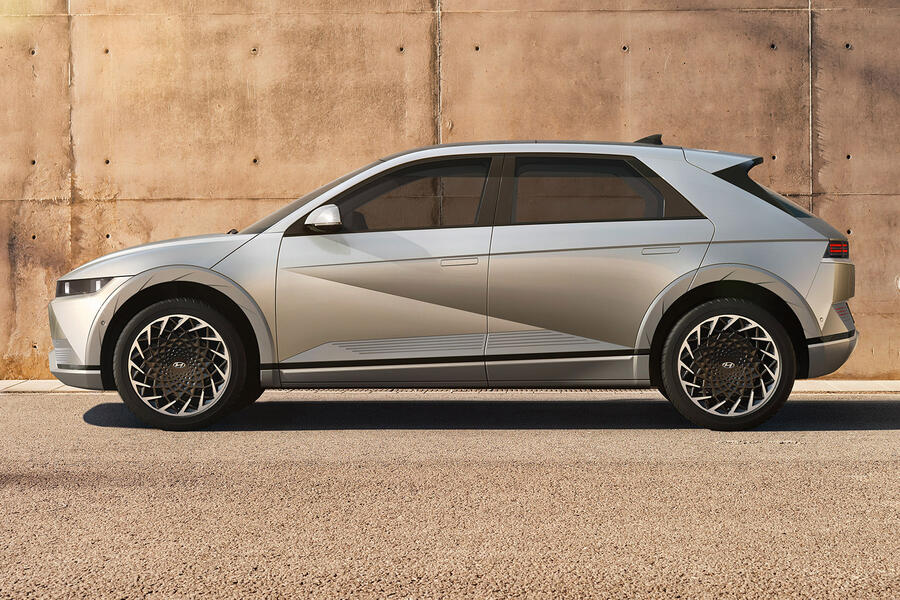
Underpinning all this is the new Electric-Global Modular Platform (E-GMP). Built specifically as an electric platform, the flexible underpinnings will also be used for the upcoming saloon-shaped Ioniq 6 and an SUV called 7. As with most battery-specific platforms, it features a skateboard layout giving a flat interior floor.
Rather more uniquely, the Ioniq 5 has the facility for vehicle-to-grid charging, a rarity in current electric cars. Not only does this mean that the car will be able to charge laptops or electric scooters from a plug socket under the rear seat, but it also allows the 5 to act as a mini generator. Assuming the local grid could support it, it’s possible for the 5 to push electricity back into the grid when it’s plugged in at an owner’s home. Doing this when electricity is expensive, and then drawing back out of the grid when it’s cheaper, could lead to significant savings for customers.
Featuring retro-inspired styling that borrows heavily from the 45 EV concept car, the Ioniq 5’s looks are a marked departure from those of previous Hyundais, including the clamshell bonnet (a first for the Korean firm) and pixelated front and rear lights. The clean lines are a deliberate tactic. Hyundai Group chief creative officer Luc Donckerwolke told Autocar he wanted “the reduced design language to reflect the silence of EVs.”
The 5’s looks will also be unique within the Hyundai family. Donckerwolke is keen for there to be minimal family resemblance between this car and the subsequent 6 and 7 models. “You will not see clones in the Hyundai family any more. We have a huge amount of vehicles, and if you have so many generations that overlap, you have a problem of defining which is the old collection and which is the new collection. So we will apply a specific design to each vehicle that targets a customer. And it’s less boring as well!”
Hyundai is reluctant to talk about rivals for the Ioniq 5, but at 4635mm long and 1605mm tall, it sits neatly in the mid-sized crossover sector. A Volvo XC60 is ever so slightly taller and longer, but with the Ioniq’s long wheelbase and efficient packaging (at 3000mm, its wheelbase just 70mm shy of a BMW 7 Series'), interior room should match it. The boot volume is either 531 or 1600 litres, depending on seat arrangement. The rear seats slide and also fold 60:40.
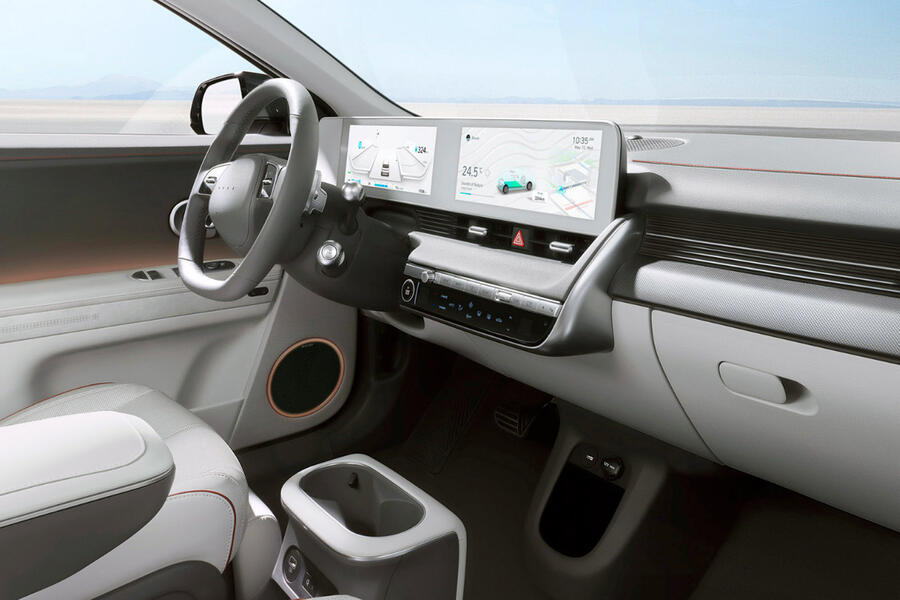
Elsewhere inside, the space is dominated by the twin 12.0in screens on the dashboard, featuring all the latest connectivity, as well as flexible seats that slide and recline (the electric front seats can fold almost flat). Hyundai envisages the 5’s interior to be a "smart living space". As with other EVs like the Nissan Ariya, the interior is adaptable, including a flat floor throughout and a sliding console that moves by up to 140mm front and back. By doing so, rear seat passengers can benefit from fast wireless phone charging housed in the console.
The Ioniq 5 comes with the latest version of Hyundai’s Bluelink connected car services, letting customers control the car from their smartphone. Connected Routing and Last Mile Navigation are new features, giving more powerful and accurate navigation. Bluelink also contains charging station information, including availability and estimated charging time. As you’d expect, the 5 comes with smartphone control, so customers can remotely alter the climate control or charge settings.
Other Hyundai firsts are the Advanced Head-Up Display, featuring augmented reality functions, and the next level of driver assistance, which uses front-view cameras, radar sensors and GPS data to control various aspects like lane guidance and distance to the car in front.
Sustainable materials have also been used on the inside. The major touch points, such as seats and door armrests, are made out of sustainable materials such as recycled plastic bottles, wool or leather processed with vegetable oil. Polyurethane paint used on the doors is derived from vegetable oil, while some of the door trim panels are made of ‘paperette’, a recyclable material that feels a bit like paper.
Prices for most of the Ioniq 5 range have yet to be announced, but the limited-edition 'Project 45', a top-of-the-range model that's available to order now, will be £45,000 including the plug-in car grant. Costs of further models will be released in due course.
READ MORE
New Hyundai EV platform brings 800V charging, 310-mile range
Hyundai steps up hydrogen fuel cell commitments
Hyundai RM20e is 799bhp test bed for electric N performance cars

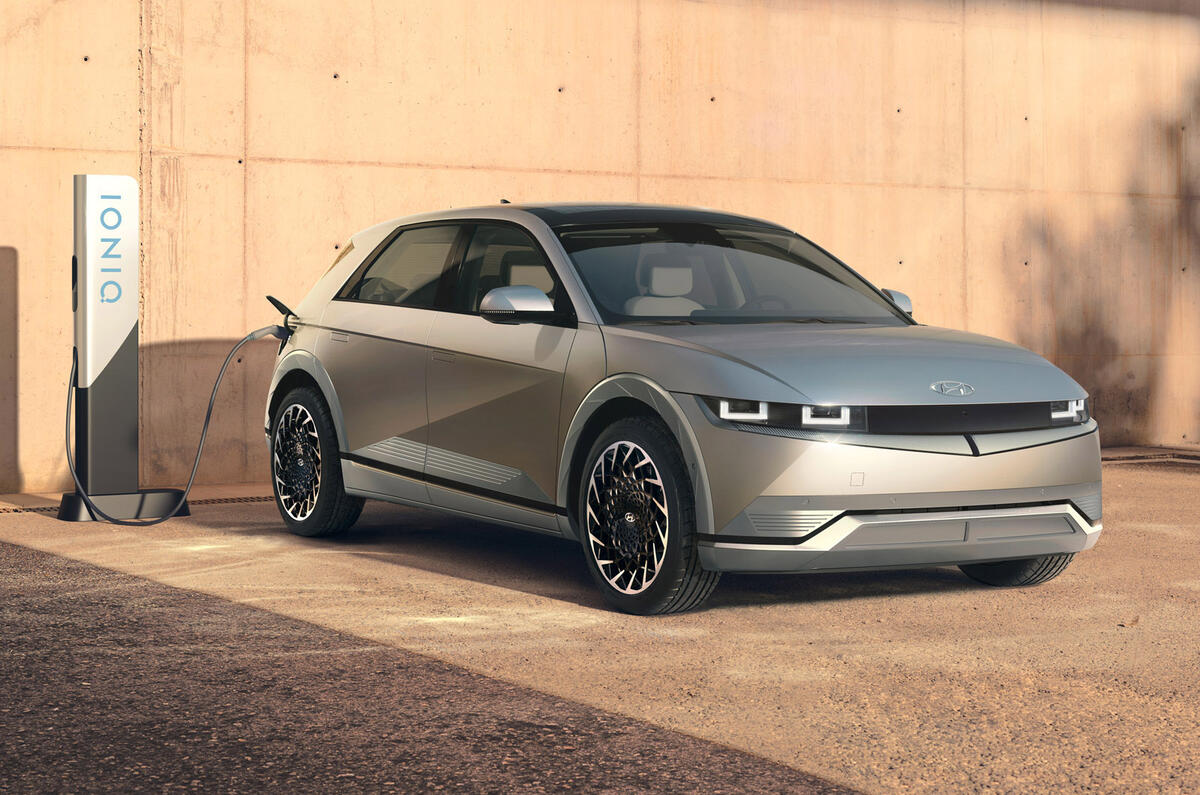
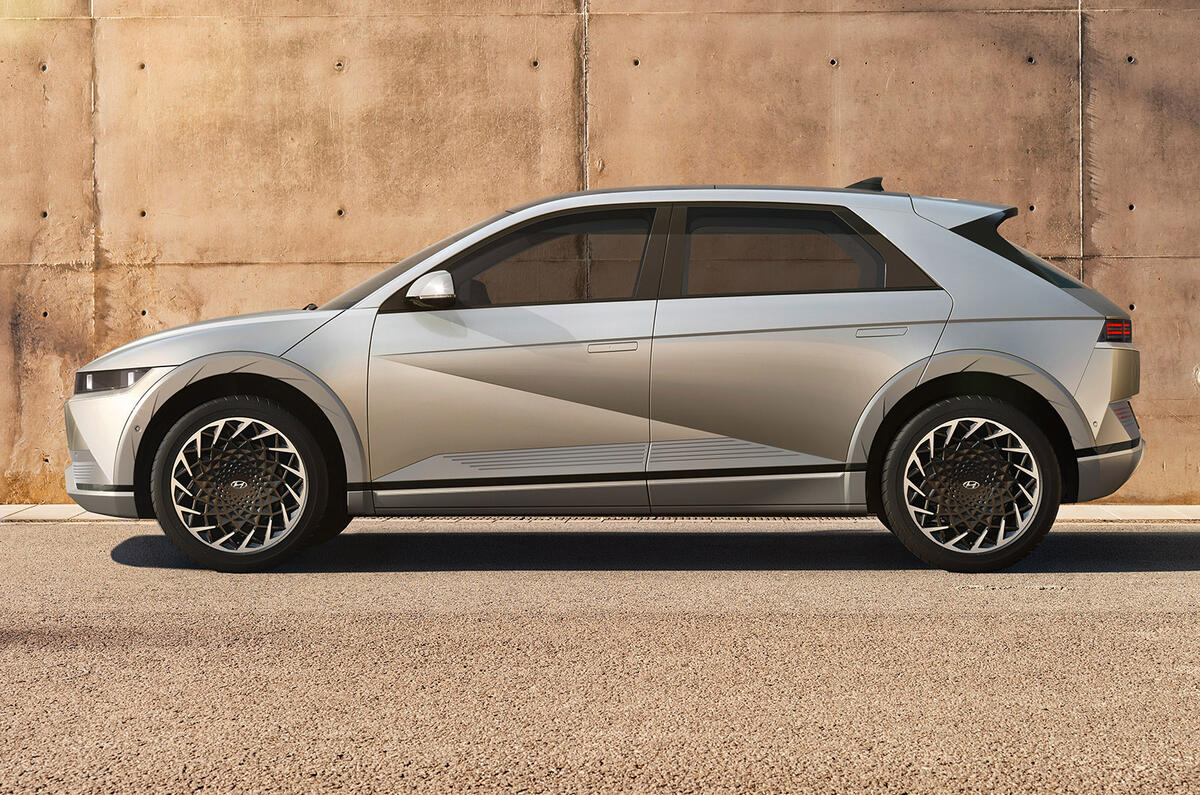
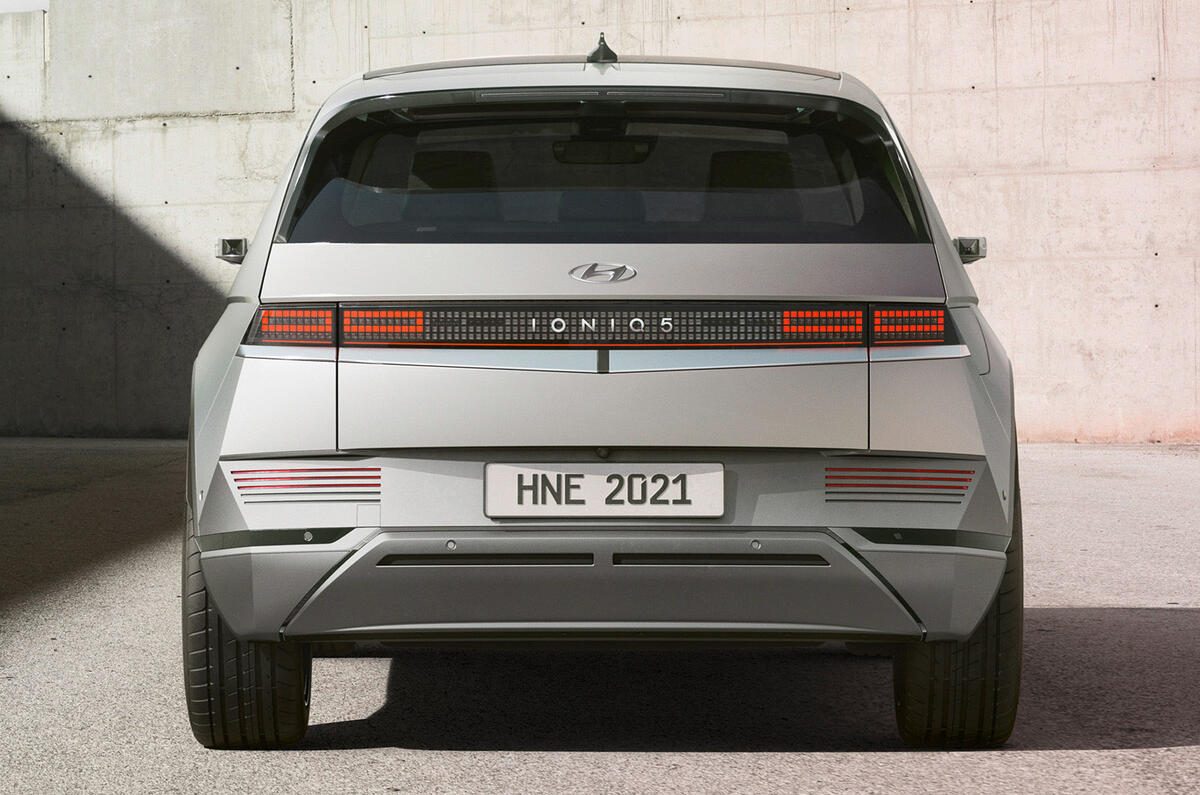
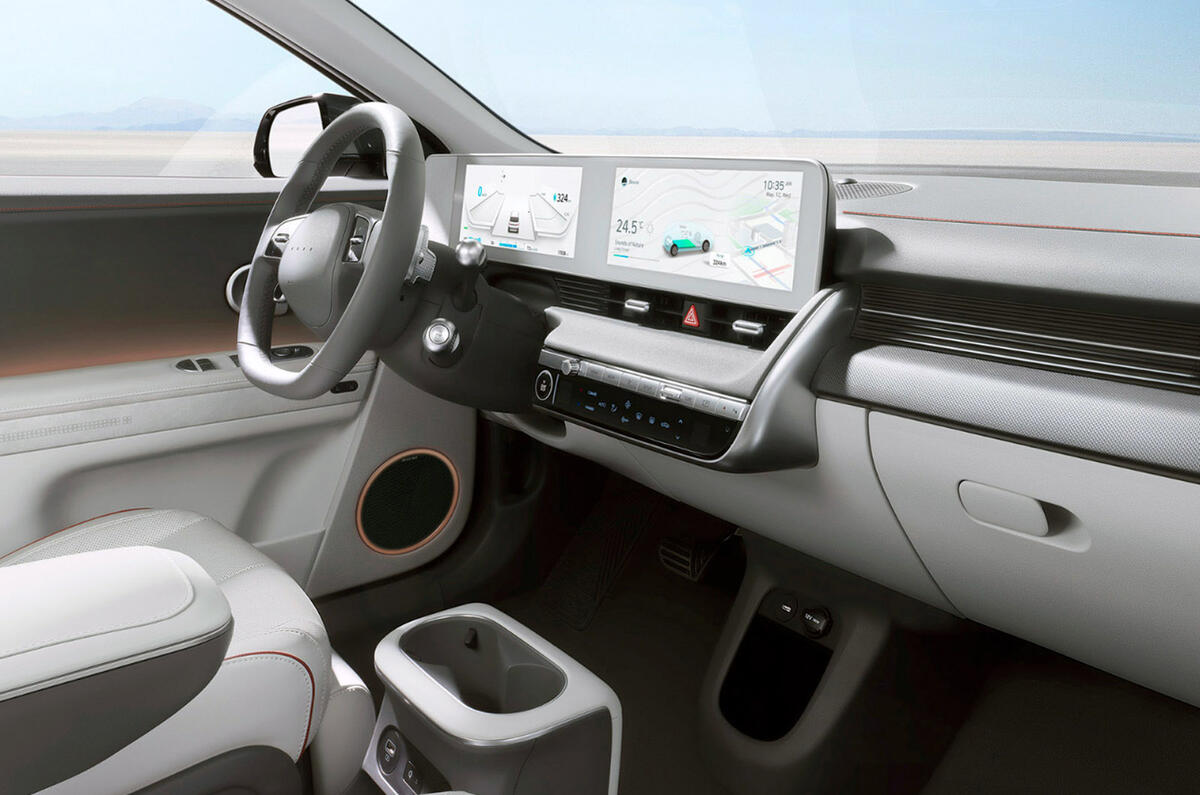
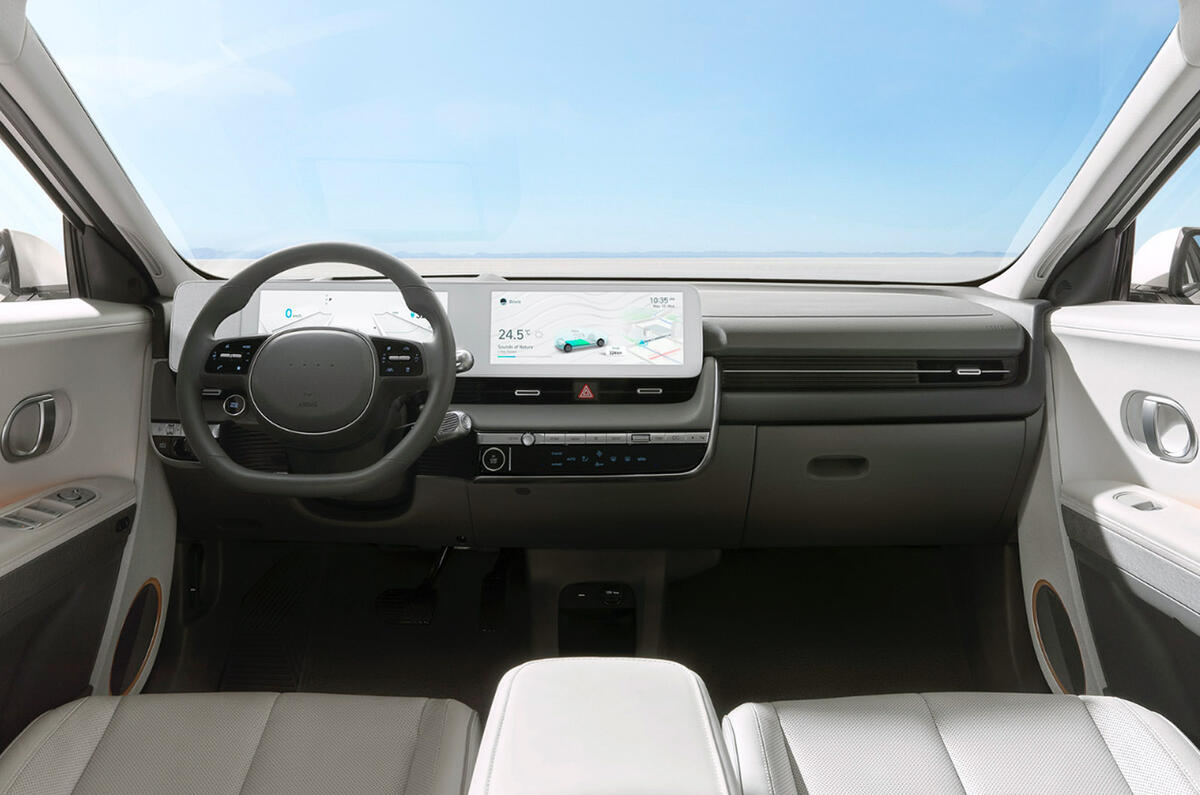
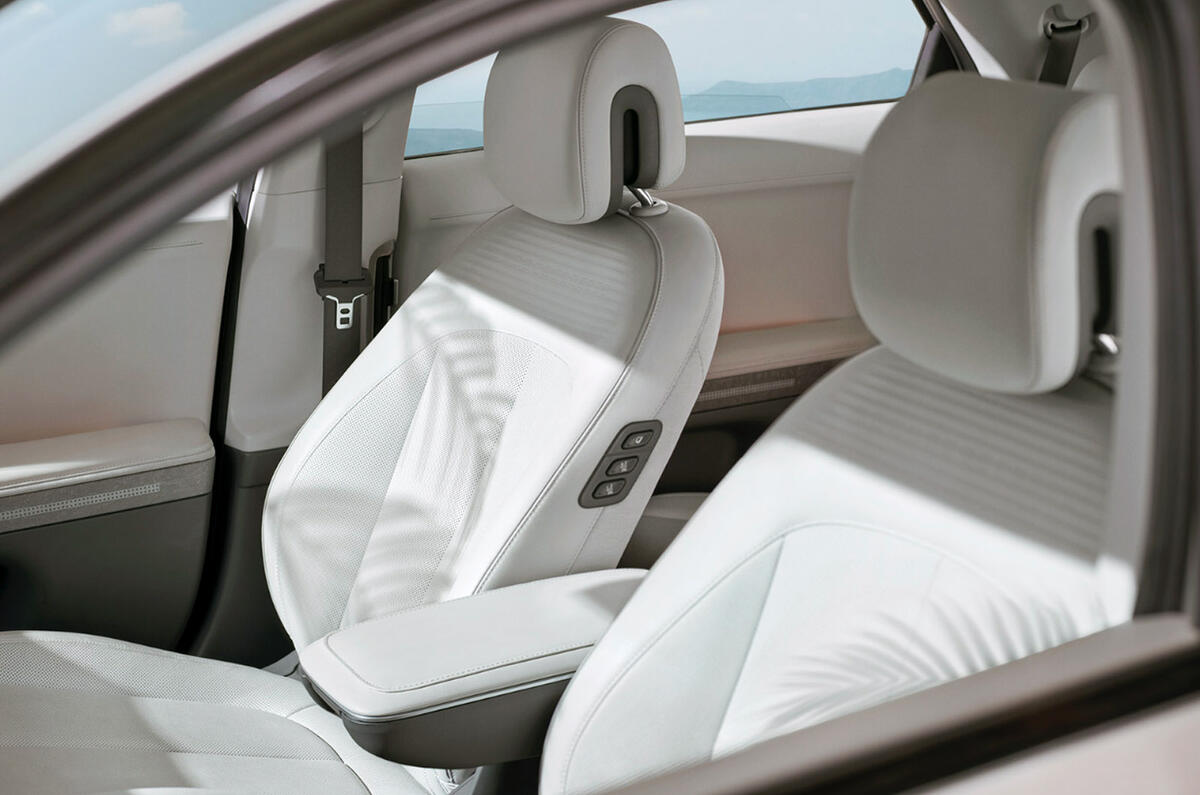
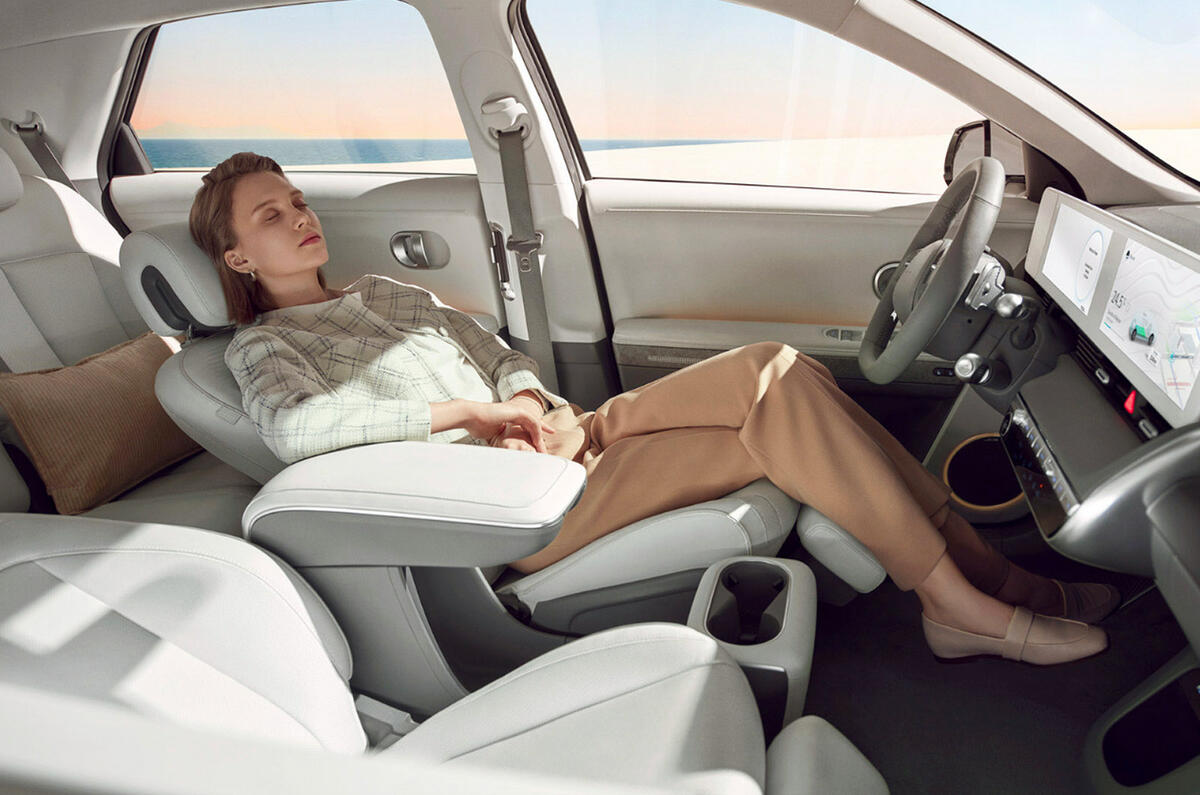
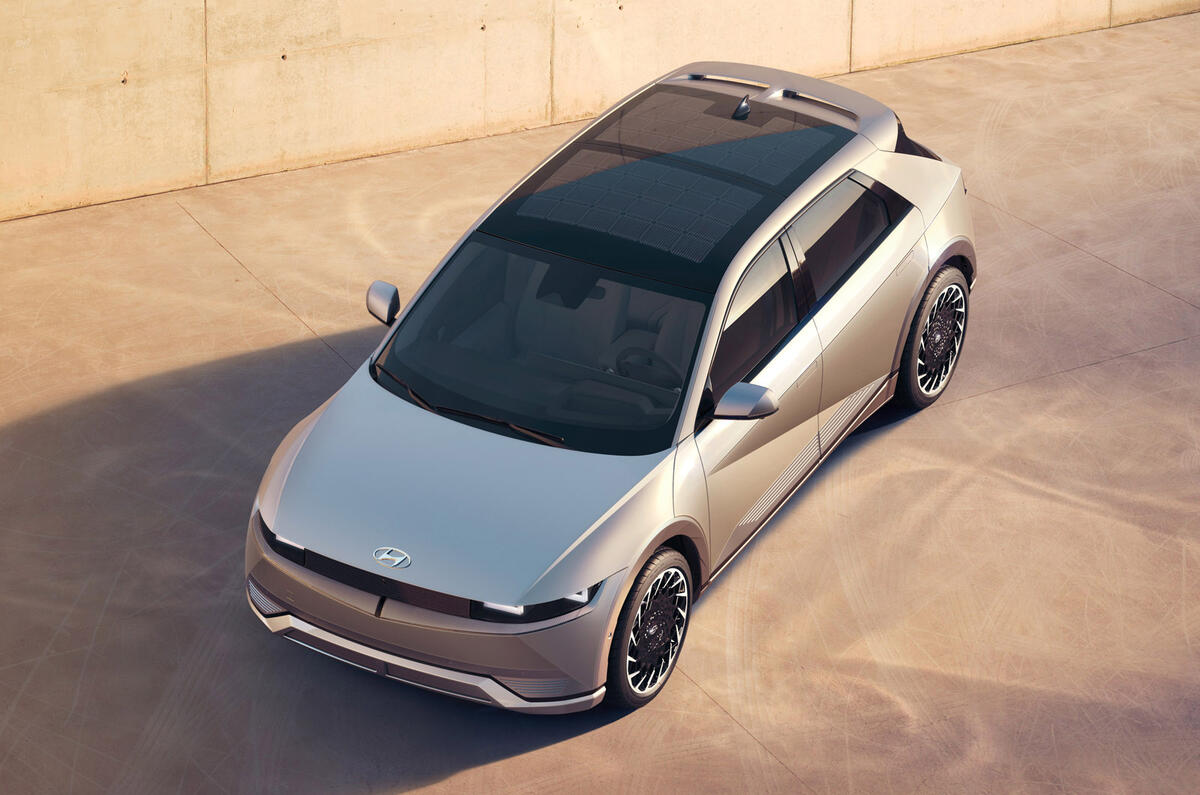
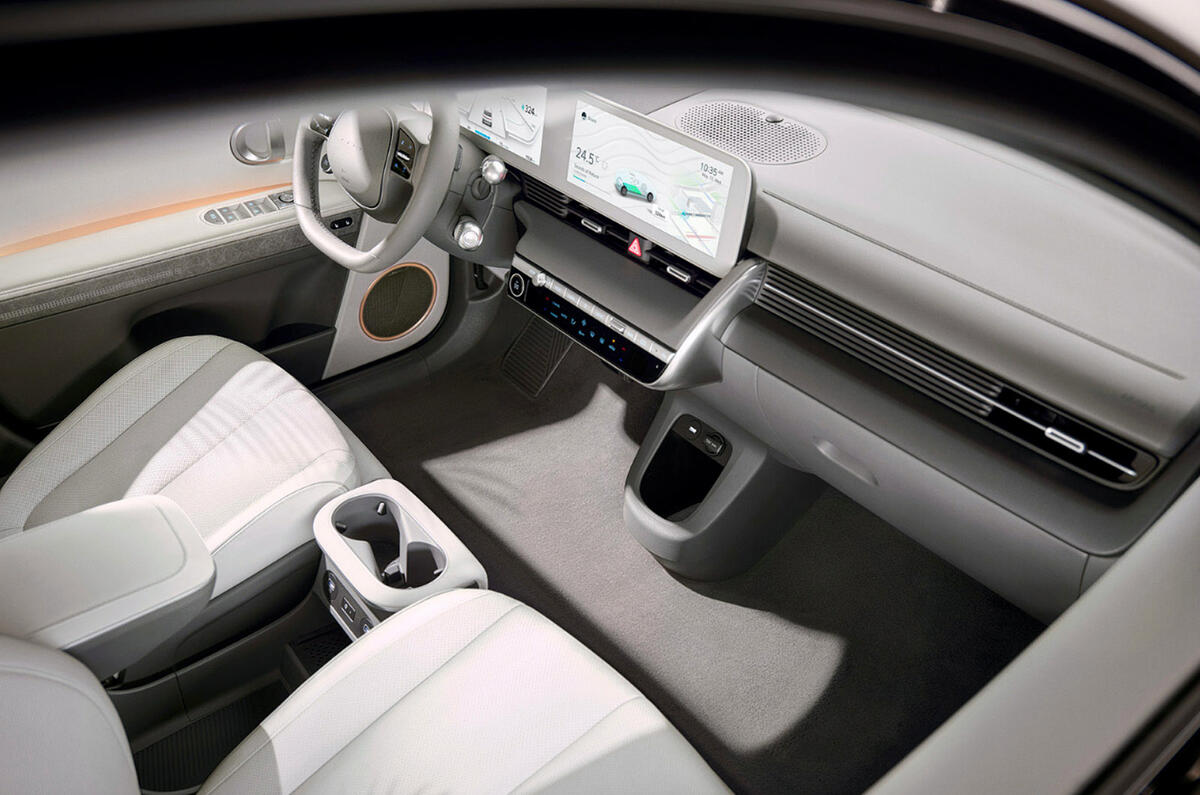
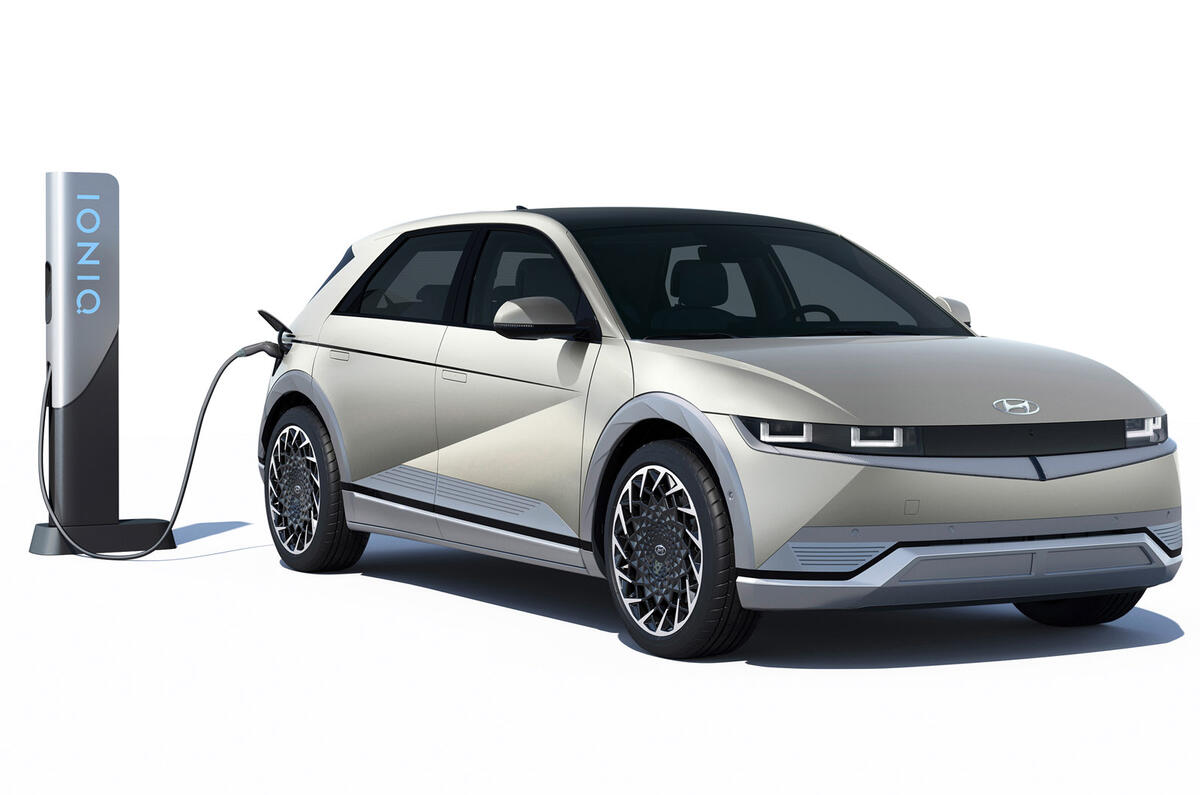
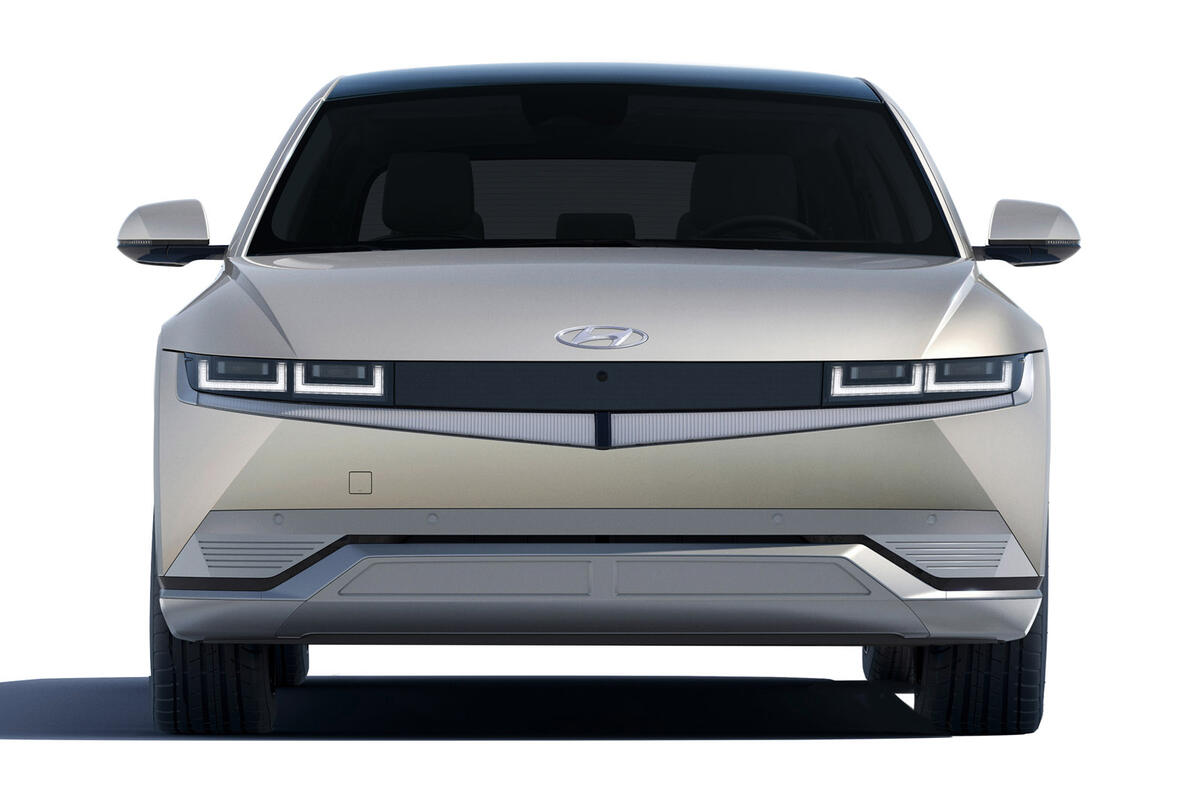
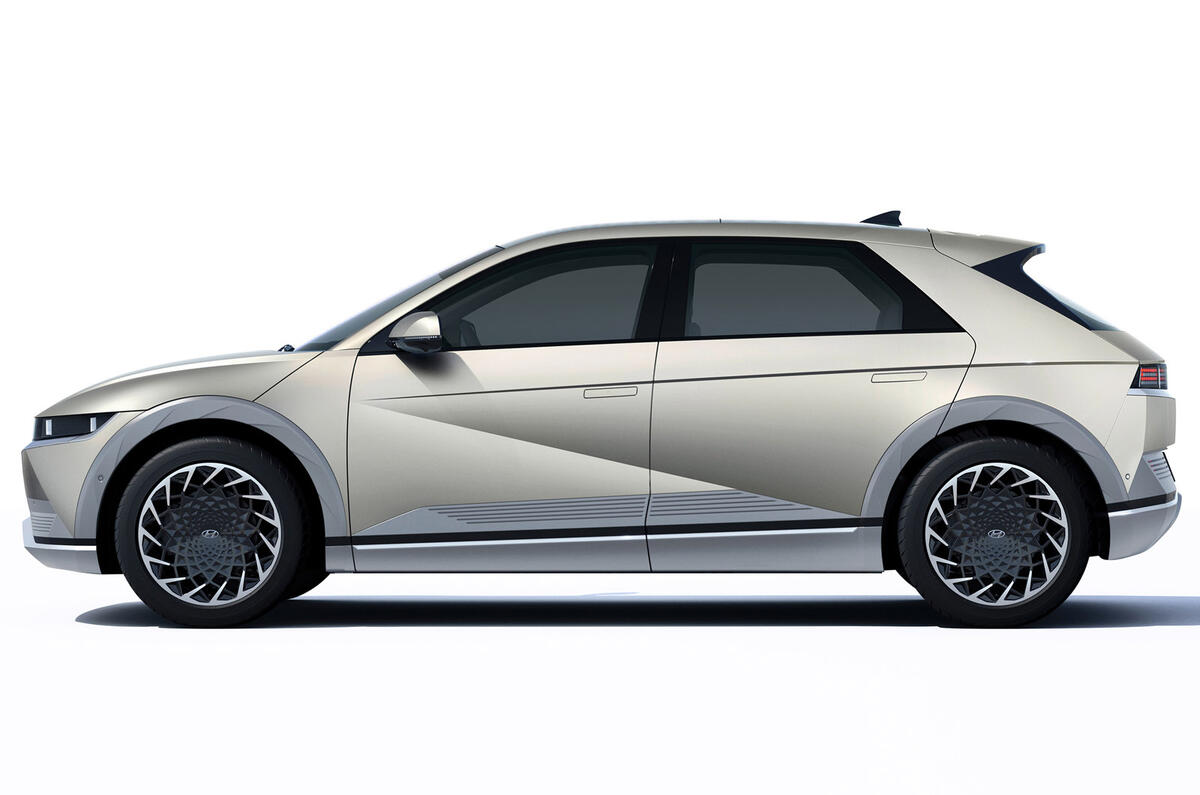
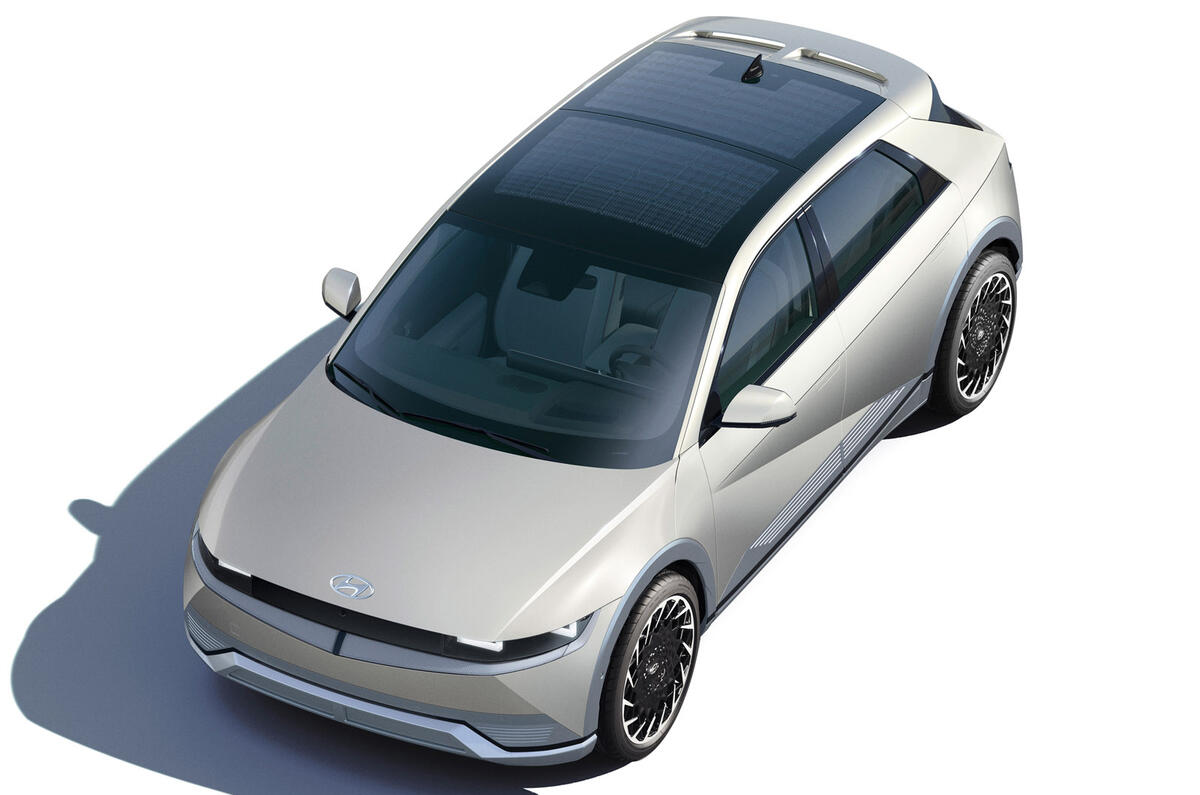
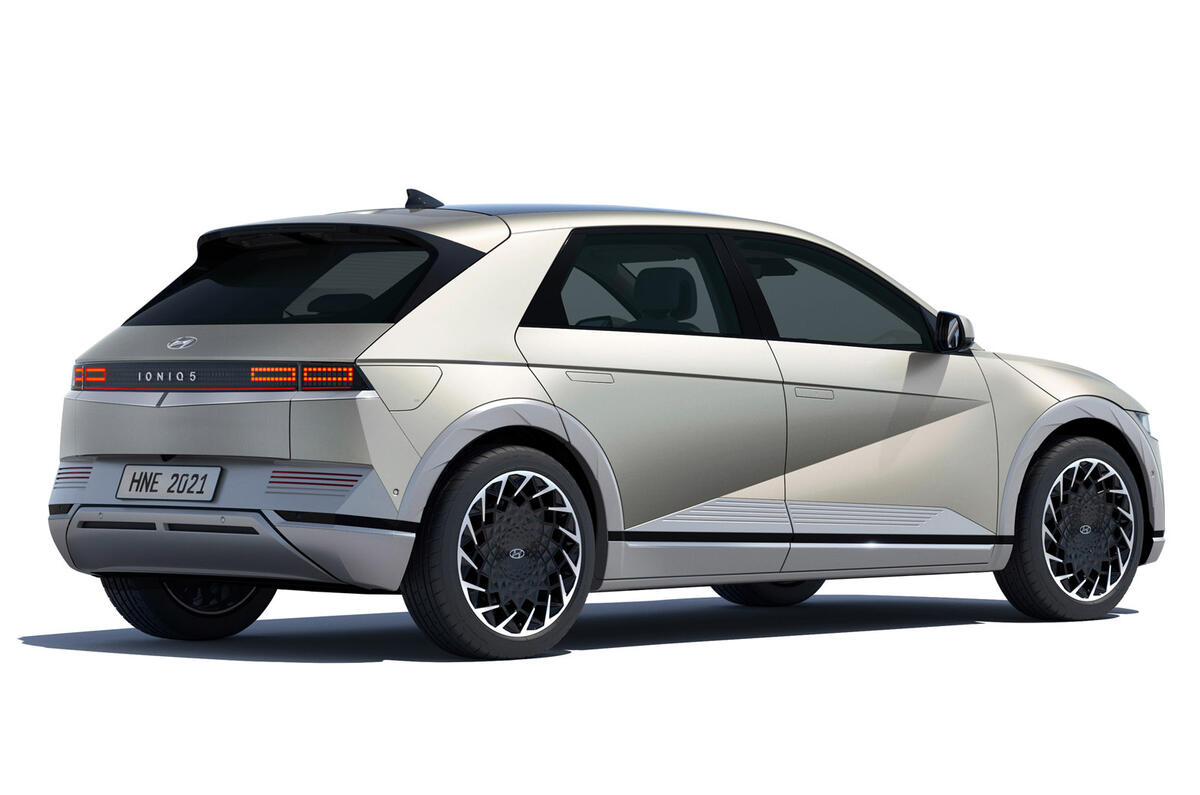
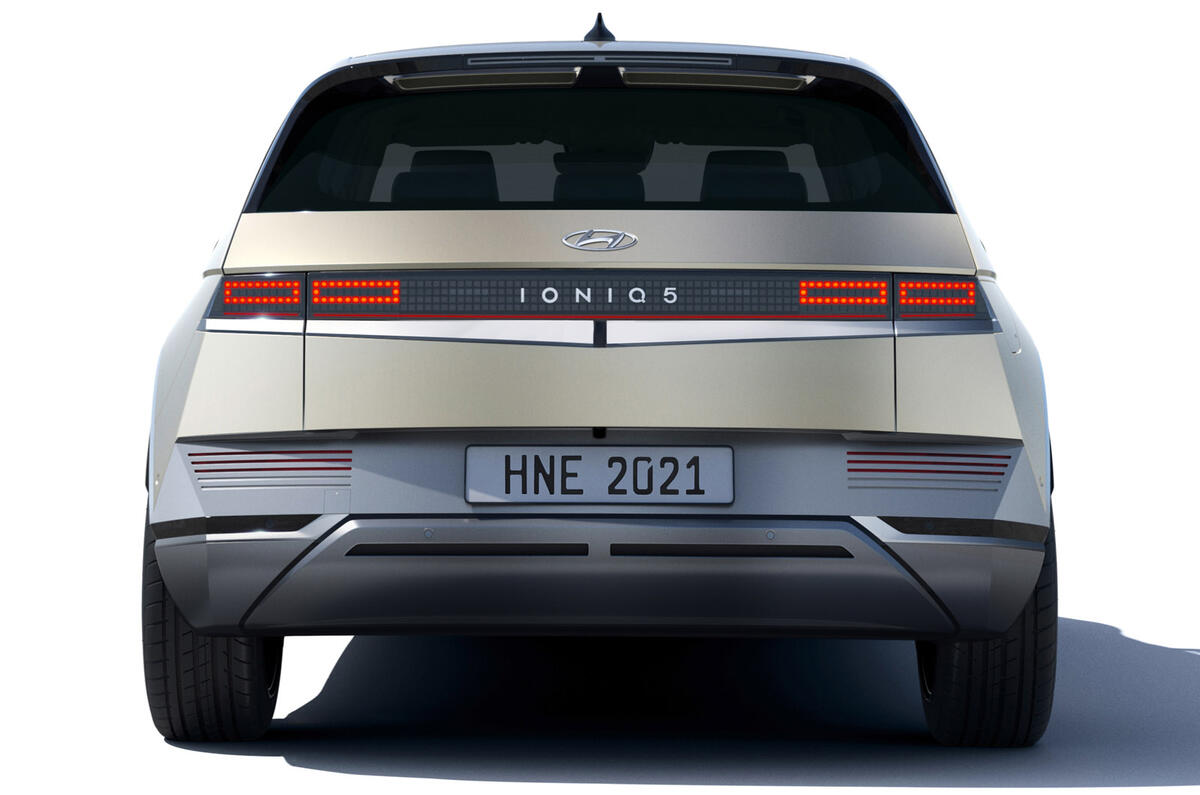
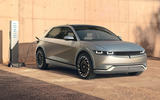
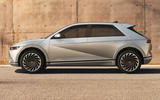





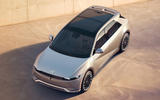
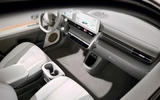
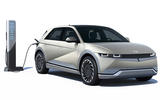
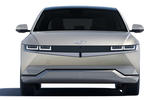



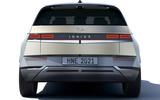


Join the debate
Add your comment
I think of Hyundai as a Mr Joe Average kind of car, I certainly don't associate the brand with prestige or luxury or anything special. It's a bland "white goods" product in my eyes. Nothing wrong with that of course.
Now irrespective of what equipment the car has or what range or power or speed, when they say the car will list FROM £37,000 ? The world has gone mad. This doesn't even reach the heights of Mondeo-man and it costs from £37,000.
Where has all this money come from all of a sudden?
A car struggling for identity?, the interior looks horrible in utility grey, the screens look cheap, basic even, the exterior?, take your pick, it could anything, there's, other than the badges, that from a distance says it's Hyundai.